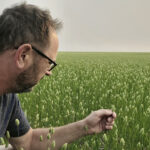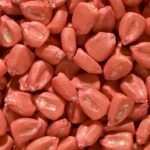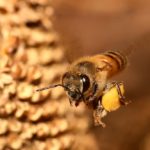University of Lethbridge researcher Shelley Hoover recently explained how these tiny creatures contribute billions to the Canadian economy and why their well-being is crucial for crop yields.


It’s estimated pollinators, mainly bees, increase the production of numerous species of crops by as much as 75 per cent


Spraying after sundown is also more effective in controlling lesser clover leaf weevil

The benefits of beneficials are many and varied, some parasitize or feed on crop pests while others can pollinate crops and improve seed set

Nest found in northwestern county near B.C. border




